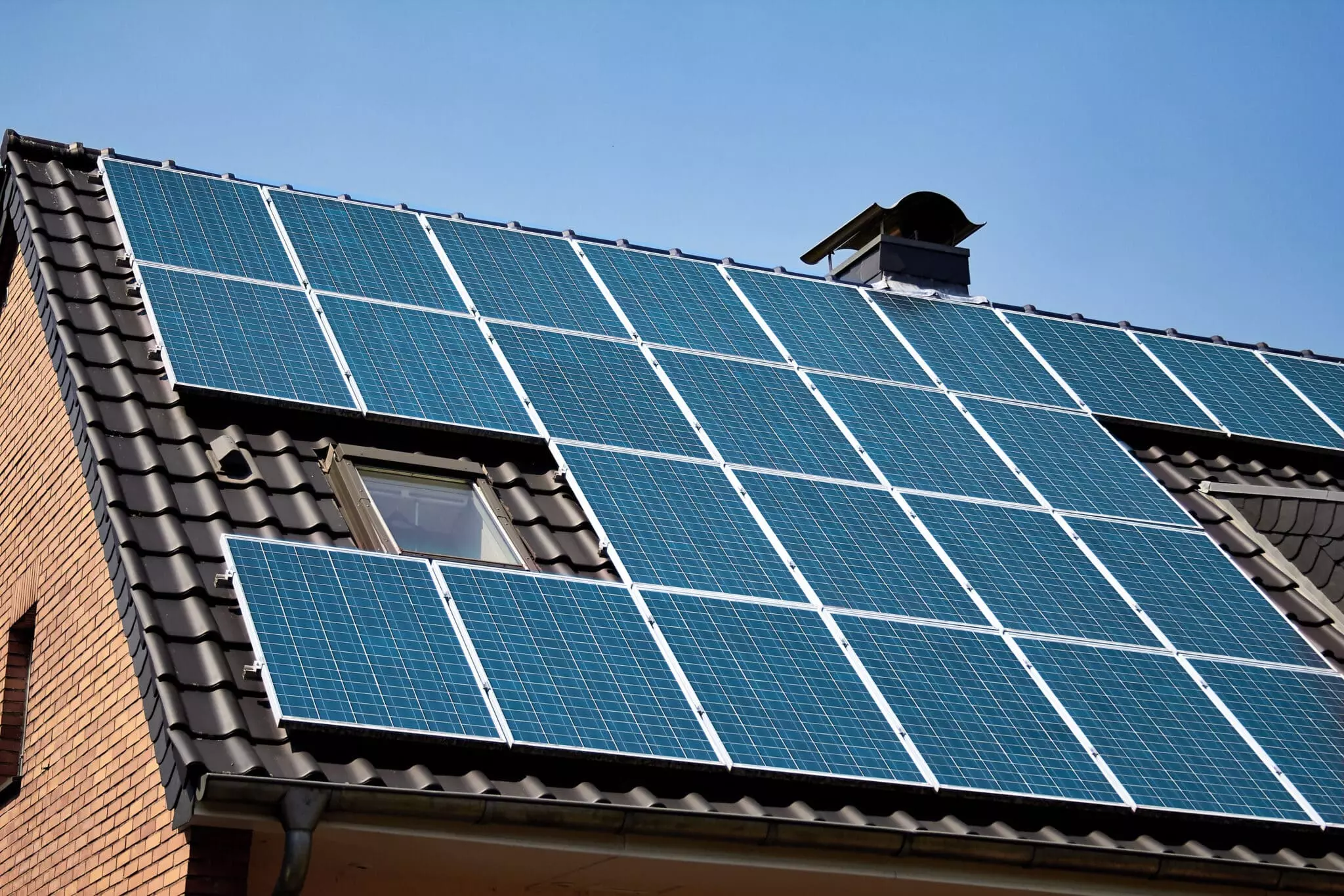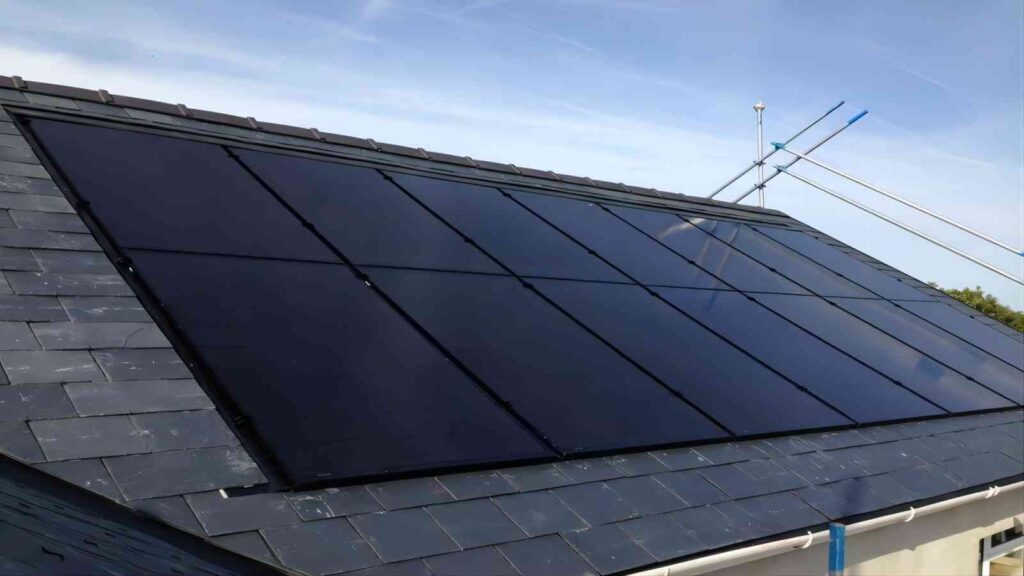Why Choose Poly Solar Modules for Your Solar Installation
A polycrystalline silicon solar module is preferred due to its lower cost and stable efficiency. These modules are suitable for large-scale installation. The efficiency of this panel is about 15%-17%. Again, 10%-20% less than monocrystalline, it performs better in conditions of moderate light and high temperatures. Such modules have more than a 25-year life expectancy.

Cost-Effectiveness
When it comes to the installation of solar, cost will always be addressed at any turn. Cost-effectiveness is one of the main factors that lead in the market with polycrystalline silicon solar modules. It saves more as compared to the monocrystalline silicon panels; hence the production costs for the modules are lower. This has been contributed greatly by the simplicity of its manufacturing process and efficient use of raw materials.
Silicon needs not to be cut and processed to the precise state of monocrystalline when manufacturing polycrystalline panels. In the production of polycrystalline panels, silicon is melted and cooled into multiple crystals thus saving time and few losses of material. Due to that, the cost of manufacturing polycrystalline panels is around 10% to 20% lower compared with the monocrystalline panels. The difference would save hundreds or thousands of dollars for large-scale installation projects, such as industrial solar power plants or photovoltaic poverty alleviation projects in rural areas.
The installation cost of polycrystalline panels is also quite low. Since the structure of the panels is simpler, it becomes more compatible with the standard solar installation systems. This reduces the complexity and, therefore, the time cost for installation. All these factors make polycrystalline silicon solar modules a perfect solution for users looking for cost-efficient yet high-return solar solutions.

Good Performance in Moderate Conditions
Although monocrystalline silicon panels are more efficient when light is more intense, polycrystalline panels stand out at average light. They also continue to steadily produce power during cloudy weather, early morning, evening, and any weak sun times. Thus they are particularly helpful for areas that have shifting light conditions.
The polycrystalline silicon panel for solar modules usually ranges between 15% and 17%, but monocrystalline panels are usually about 18% to 22%. In most situations, monocrystalline panels still have a slight edge over polycrystalline in terms of efficiency, although under some conditions, polycrystalline panels can outshine their monocrystalline counterparts.
Under high-temperature conditions, the power output degradation rate of the polycrystalline ones is generally much lower than that of the monocrystalline, so the former performs better when it comes to retaining its power output. Photovoltaic panels have one big universal killer: high temperatures. The efficiency of panels decreases with an increase in temperature. Crystalline panels are not as sensitive to temperature fluctuations as monocrystalline types, and therefore, they are a better value for money option for those installations done during hot season or hot regions.

Sustainable Manufacturing Process
Environmental sustainability is also quite good for polycrystalline silicon solar modules. First, the production of polycrystalline panels is rather efficient and energy consumption at the manufacturing stage is lesser compared to monocrystalline silicon. Production of monocrystalline silicon involves more complex processing of silicon materials, resulting in greater energy consumption for crystal purification and cutting, while the production of polycrystalline panels is rather simple, which reduces the carbon footprint of each panel by a significant amount.
The energy intake for producing 1 kilowatt of polycrystalline solar panels is about 15% lower as compared to that of the same power output of monocrystalline solar panels. With respect to the photovoltaic industry's pursuit of making manufacturing less harmful to the environment, this low energy consumption will certainly stand out as the key benefit of polycrystalline silicon solar panels.
As technology improves, the recycling of the silicon materials is also enhanced. This means that once the service life of the polycrystalline panels has come to an end, most of the silicon materials will be recycled and used in the production of new solar panels and thus decrease further harm to the environment. Environmentalism is not a concern for many people and companies; still, the use of polycrystalline panels is not only a smart economic step but also a step forward for sustainable development.
Efficiency and Lifespan
Although the efficiency of crystalline silicon solar modules is a little low compared to those of monocrystalline panels, it can still be relied upon for most applications in households and commercials. The polycrystalline panels have an efficiency of about 15% to 17%, which is adequate to ensure sufficient electricity for a household or a small commercial facility. If the installation space is lavish, like in rural areas or on factory rooftops, then this efficiency is entirely adequate to satisfy daily electricity needs.
As for panel lifespan, polycrystalline panels are almost indistinguishable from monocrystalline panels. The majority of polycrystalline silicon solar modules come with a 25-year warranty, and in fact, they can still maintain high output efficiency after many years of use. Industry data also show that polycrystalline panels generally maintain 80 to 85 percent of their original production capacity after 20 years of use. This implies that users would still benefit significantly from power output from polycrystalline panels even after the long use period is over, thus extending the investment payback period.
Availability and Versatility
Polycrystalline silicon solar modules are widely available in the global market. Being of simple production process and hence with lower manufacturing cost, many countries around the world can produce them locally or import them from other countries. This wide availability ensures users may buy quality polycrystalline panels and easily erect the same.
There is also the versatility of polycrystalline panels, which makes them suitable for different scenarios. Be it residential rooftops, mega solar power plants, or mobile solar devices such as carports and mobile charging stations, the adaptability of polycrystalline panels can really go well with the needs of various applications. For an industrial application requiring large quantities of electricity, polycrystalline panels are also very ideal, especially in situations with lots of land or rooftop space and the cost-performance advantage becomes much more pronounced.
Durability
The other immense advantage of polycrystalline panels is their wonderful longevity. Normally, such panels are made of tough materials, which ensure they stand even in the most harsh weather conditions. Be it the hot, arid desert or the snowy northern regions, the power output of polycrystalline panels will remain stable under such adverse environments.
Polycrystalline silicon solar panels meet international certifications, namely, IEC 61215 and IEC 61730, proving that these panels are strong and safe under extreme climatic conditions. According to tests from standard processes, polycrystalline panels can withstand a wind load of 2400 Pa and a snow load of up to 5400 Pa and hence can resist high strong winds and heavy snow. In addition, water and dust are least likely to penetrate the products, giving them a waterproof and dustproof rating of at least IP65 or more, meaning that such gadgets will not be damaged by heavy rain or dusty places.
Many manufacturers also coat the polycrystalline panels with anti-corrosion processes to ensure they do not degrade from performance due to long-time exposure to salt spray or moisture in coastal areas or damp climatic conditions. Such features characterize why polycrystalline panels are perfect for users with high durability needs and low maintenance costs.